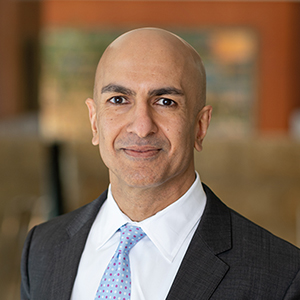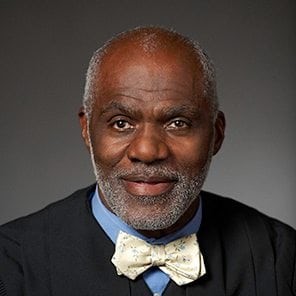This article was first published in the Minnesota School Boards Association Journal
The most powerful and positive changes to advance justice in our nation’s history have come by amending the U.S. Constitution to establish or expand civil rights. From the First Amendment guaranteeing freedom of speech, religion, and assembly, to the 13th Amendment abolishing slavery to the 19th Amendment granting women the right to vote, civil rights have transformed our nation over time.
That is why we propose amending Minnesota’s constitution to make education an individual civil right guaranteeing each child a quality public education. By enshrining education as a civil right in the constitution, we will establish that meeting the educational needs of all children is our state’s highest priority for generations to come.
Our Constitution embodies our core beliefs and commitments and is the springboard from which our systems grow. Currently, Minnesota’s constitution only guarantees children access to an “adequate” system of public education. What is a system that is on average adequate? It is a system that provides excellent education for some while utterly failing others.
Other states have updated their constitutional education clauses, but Minnesota’s hasn’t changed since it was adopted in 1857, when slavery was still legal in many states. We shouldn’t be surprised at Minnesota’s terrible education disparities; our education system is performing precisely as designed—for an era that has long since passed.
We’ve met with thousands of parents, educators, students, community leaders, and lawmakers, and we’ve heard many questions about the amendment.
People ask: Aren’t we missing the point? They say school performance is driven by socioeconomic forces and family dysfunction and that amending the constitution will not address educational outcomes due to those issues. We disagree.
The notion that we have to solve poverty and “fix” families before we can provide children the education they deserve assumes that poor children and children from dysfunctional families can’t learn. Again, we disagree. By making quality public education a civil right, the amendment would elevate our responsibility to teach the children who are in the classroom and not just the children some would like to have in the classroom. It would require us to teach all children—poor children, wealthy children, Indigenous children, children of color, rural and urban children, and children with disabilities, as well as mainstream children. The amendment would drive an individualized approach to learning that is long overdue.
Some worry about equity and ask if it will give courts too much power or only benefit wealthy families. The courts will not decide if there is a right or the contours of that right; the amendment—enacted by the people of Minnesota—would define that right. This argument also ignores the history of civil rights, such as Brown v. Board Education, a case in which a poor family changed the course of a nation. Even though the U.S. Supreme Court abandoned educational equity in San Antonio v. Rodriguez, that doesn’t mean we have to or should abandon it. Amending Minnesota’s constitution gives us the ability to stand up for educational equity.
The power of civil rights is that, if one family fights for change, everyone will benefit. To the question of whether the courts will have too much authority: The courts are always a last resort. They exist to, among other things, protect the rights of individuals.
Some ask if measuring against a uniform standard would exacerbate the challenges that students, families, and teachers alike have with standardized tests. Standardized tests are a measurement tool, not a uniform achievement standard. They are not reflective of what our children need to succeed.
Some ask: How do you define and measure quality? The real measure of quality is in the proposed language, a “quality public education that fully prepares [children] with the skills necessary for participation in the economy, our democracy, and society.” Meeting this threshold will require education systems to engage families, educators, lawmakers, businesses, and communities to determine what skills the students they serve need to thrive in our economy, democracy, and society.
This is where families, tribes, educators, businesses, communities, and lawmakers will have to work together to modernize what it is our children need to thrive in today’s economy, democracy, and society—one that is much different than it was in 1857.
Others worry this amendment would reduce funding for schools. If anything, this proposal does the opposite. It makes ensuring quality public schools a paramount duty of the state—meaning the state would have no higher responsibility than supporting quality public schools. Nothing else in the Minnesota constitution is identified as a paramount duty. Shouldn’t quality public education for our children be our state’s highest priority? We think so.
Our proposal is a fundamentally different approach to reform. It is not nipping at the edges, nor is it top down. By creating a civil right for all children to receive a quality public education and making fulfilling that right Minnesota’s highest priority, our proposal will literally, and finally, put children first. It will finally recognize them as the essential stakeholders they are and require that the system and our educators meet their needs. Our proposal does not prescribe class sizes, curriculum, or teaching methods. Our proposal leaves it to educators, families, and administrators to decide how best to teach their children and gives them the power to make the changes they know are needed. By focusing on educating each individual child, we can inspire innovations in how we teach, the resources we provide, and the ways we measure progress and engage with children and families. Updating our state constitution can transform our education system over time to one that promotes justice and meets the needs of all Minnesotans today and for generations to come.






